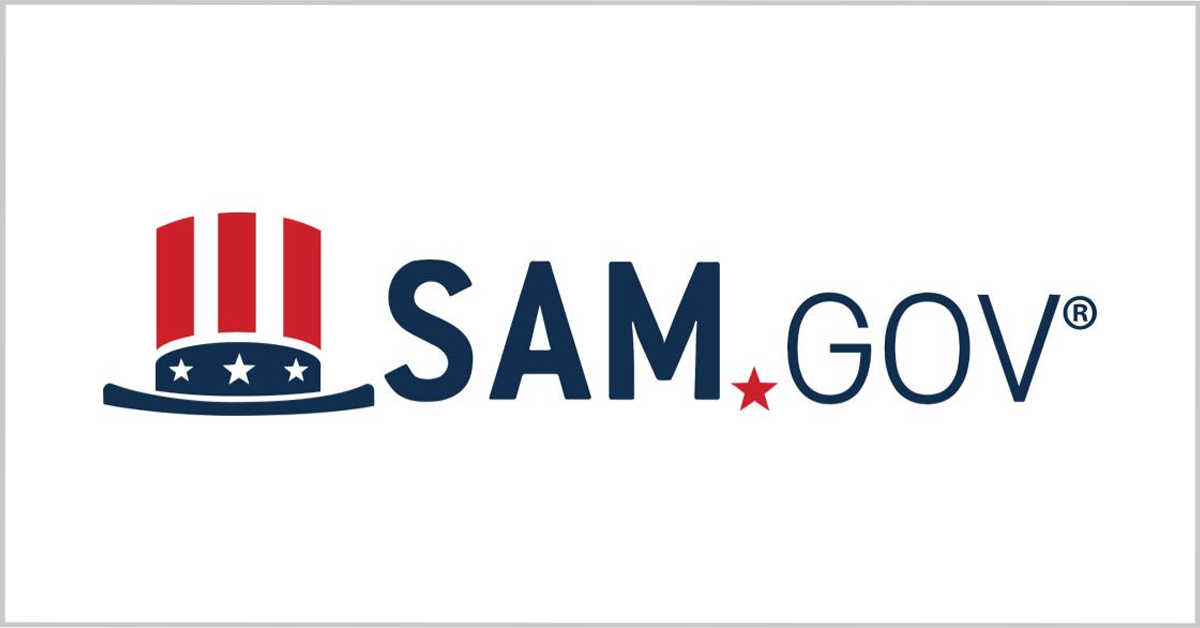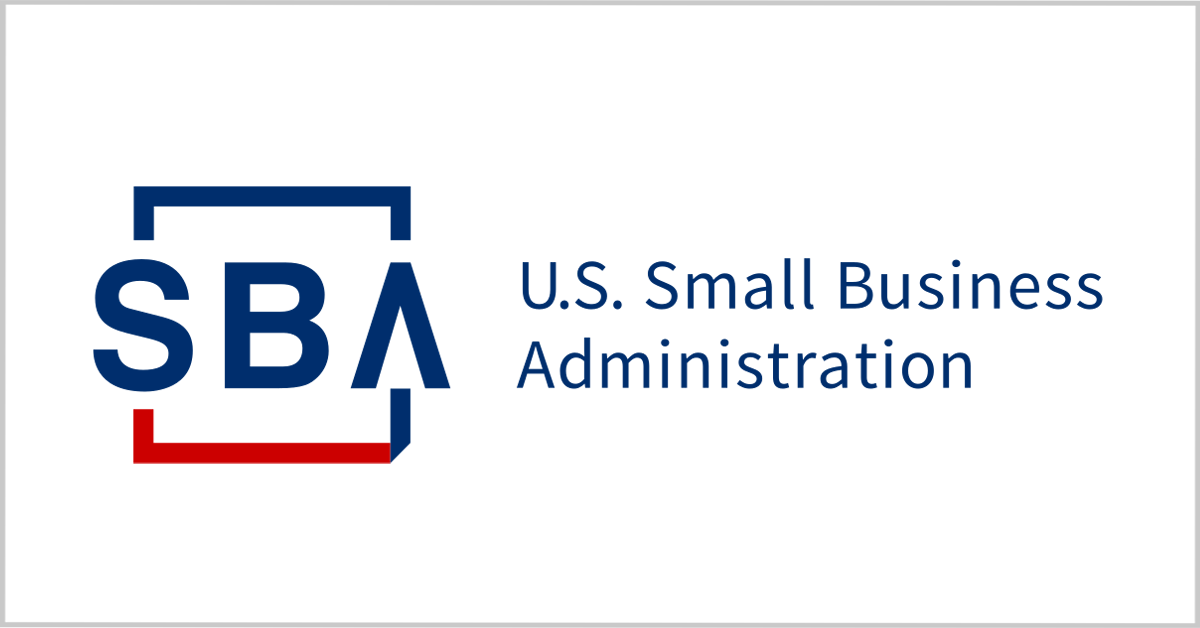How to Write an Rfq for Government Rfp
Government contracting can give benefits and opportunities to reach an extra mile for any business that wishes to offer its product or services to a new market. You might not be able to access government contracts daily on your business. Still, whenever you come across this business competition, you must be prepared and have a management plan to take advantage of it.
There are several tasks and processes you need to undergo before you can win and bidding government contracts. One of them is proposal writing. But, how can you write and develop a convincing government proposal? What should you know before engaging in government proposal writing?
Read along because the following questions and tips will assist you in writing a winning proposal for a government contract.
What is a government proposal called?
First and foremost, let us discuss the government proposal. A government proposal, also known as a government contract proposal, is a written response by a private company to a federal government agency looking to buy goods or services.
The Federal Acquisition Regulations (FAR) control all federal agency proposals, and most local government agencies must follow their rules. According to FAR, project proposals must include proposal sections on how the contract proposal should be developed and the evaluation criteria used.
As a result, writing government proposals are often quite lengthy to address all of the entailed requirements. The most straightforward proposal is usually five to ten pages long, whereas a more comprehensive contract proposal can have hundreds of requirements.
How do you write a government proposal?
1. Understand the Different Solicitation Types
The federal government puts out many forms of procurement and project to the market. Before you write your proposal, I advice you to identify each solicitation type and why the government issues them. Here are a few examples.
A. Request for information (RFI)
RFI is a method that government agencies use to review a company in response to a government solicitation and determine what products or services are available to remedy an issue. An RFI allows the contracting officer to investigate the various company available to meet their requirements.
B. Request for proposal (RFP)
The framework and specifications for government solicitations are outlined in an RFP. In response to technical validation purposes, interested companies are asked to reply to an RFP and explain how their product or service would fit the government's needs.
When writing and developing a reply to an RFP, keep in mind that the federal receives responses from many companies, so you'll need to create a simple proposal writing and set out precisely what you have to offer in terms of expertise.
The process of responding to an RFP is often regarded as a formal request, which means the information you present on your proposal content about your solution or services must be highly complete and exact.
More information about RFP down below can be found.
C. Request for quote (RFQ)
RFQ is a procedure that invites interested vendors to participate in the bidding process and write the government with a price quote for your company's goods and services. In most cases, your organization will give a price quote that covers the solution needed of government clients and estimates the budget cost of meeting the requirements in an RFQ.
Because agencies routinely change information contained or deadlines with little to no notice, government RFQs are typically seen as informal requests. If this happens, you must submit an updated price quotation, as quotes are designed for quick answers and will likely be supplied within weeks to months after submission.
2. Register your business

You must first register your company with the award management system to be considered and win a government contracting project competition. On the official website of the US government's System of Award Management (SAM), you can also search databases of contractors interested in government contracts along with their past performance in the industry.
3. Acquire DUNS Number
Dun & Bradstreet's (DB) Data Universal Numbering System (DUNS Number) is a nine-digit number that may quickly represent a small business, company, or firm. Throughout the company's history, DUN's statistics will stay consistent. It's also used to trace down organizations and their overseas financial dealings.
4. Get a NAICS code
Any business needs a NAICS (North American Industry Classification System) number. The US government uses this code to identify small businesses, enterprises and collect economic data. This code will be required for your company to register and apply for federal contracts.

Take note that if your business works in many industries, you may need to acquire and represent multiple NAICS codes. To gain more tips, advice and knowledge about NAICS information, you may consult the Small Business Administration (SBA).
5. Check your EIN
EINs (Employee Identification Numbers) are required for both small and large companies. The Internal Revenue Service (IRS) will provide you with an Employee Identification Number for free.
Examine the bid package carefully before preparing your contract proposal. It is also good to talk with your team to strengthen relationships and support each other for this new journey.
Another is to take note that it may become a legal contract once the procedure starts. As you draft your contract proposal, keep in mind that the final decision made by any government agency will be highly influenced by pricing. During the negotiation process, be ready to answer any inquiries and support your answers with facts and data.
Where can I find government RFPs?
If you're a small firm just getting started, dealing with the government can be confusing. Before you begin bidding on contracts, you must conduct research and prepare yourself.
We'll focus on RFP for the sake of this essay because you'll likely encounter a lot of them. A request for proposal is once again used to communicate government needs to potential contractors and collect bids.
Responding to RFP can be a satisfying and profitable business decision. However, before you can respond to one, you'll need to know where to look for RFPs that are tailored to your industry.
A public request for proposal
The federal government's public RFPs are required to follow public procurement guidelines. This means that, in the interests of fairness and transparency, they must be publicly listed.
As a result, public RFPs are virtually always placed on the issuing organization's website. RFPs are frequently advertised in newspapers and other local publications under the headings "publishing" or "procurement."
Private request for proposal
On the other hand, private RFPs are issued by private companies and other non-government organizations. They're frequently more challenging to come by because they're excluded from government procurement rules. As a result, businesses can use whatever means they want to post RFPs and choose their respondents.
Frequently, you'll only discover them listed on the company's website or a social media page. Some agencies choose to work with a small number of contractors. They'll select and choose who they'd like to collaborate with on the project. This is frequently the result of the contractors that have past performance with the contracting industry.
How do I submit a bid to a government contract?
1. Locate the contract and project opportunity that interests you.
It might take the form of an RFP, RFQ, RFI. Vendors must reply differently to these solicitation methods; make sure you follow the requirements when responding.
2. Check to see if you can deliver the required items or services.
Many suppliers commit the error of writing and bidding on contracts that aren't a good fit for their services or attempting to take on a contract that is too large for them to handle. You can have the ability to increase your chances to win a contract by only bidding on work that you know you can finish.
3. Read the proposal submission guidelines carefully.
The contracting officer will reject any bid proposal that does not comply with the submission standards. To prevent being rejected, make sure to develop a bid that meets all of the agency's submission process rules and that you submit your proposal by the deadline.
4. Investigate the results of previous bids.
By carefully examining confidential contract material, you can understand how much other vendors charged for similar services and who your competitors could be for a particular contract.
Make sure everything in your proposal is correct, and be prepared to answer queries. Check that you've addressed every requirement in the RFP, RFQ, or RFI before submitting your proposal, bid, or quote. Then double-check that you've followed all of the submission process's rules.
This article gave enough knowledge on how to write a winning proposal. If you want to know more about how to win contracts and the benefits of government contracting, read the following:
- How to Get Government Contracts and Partners in GovCon
- 4 Tips for Pursuing Government Contracts for Small Business
- How to Become a Better Government Contractor: Essential Steps
Do not miss out on your chance to get a daily update of the industry news by subscribing to our page. Sign up now!
How to Write an Rfq for Government Rfp
Source: https://www.govconwire.com/articles/how-to-write-a-government-proposal-for-a-government-contract
0 Response to "How to Write an Rfq for Government Rfp"
Postar um comentário